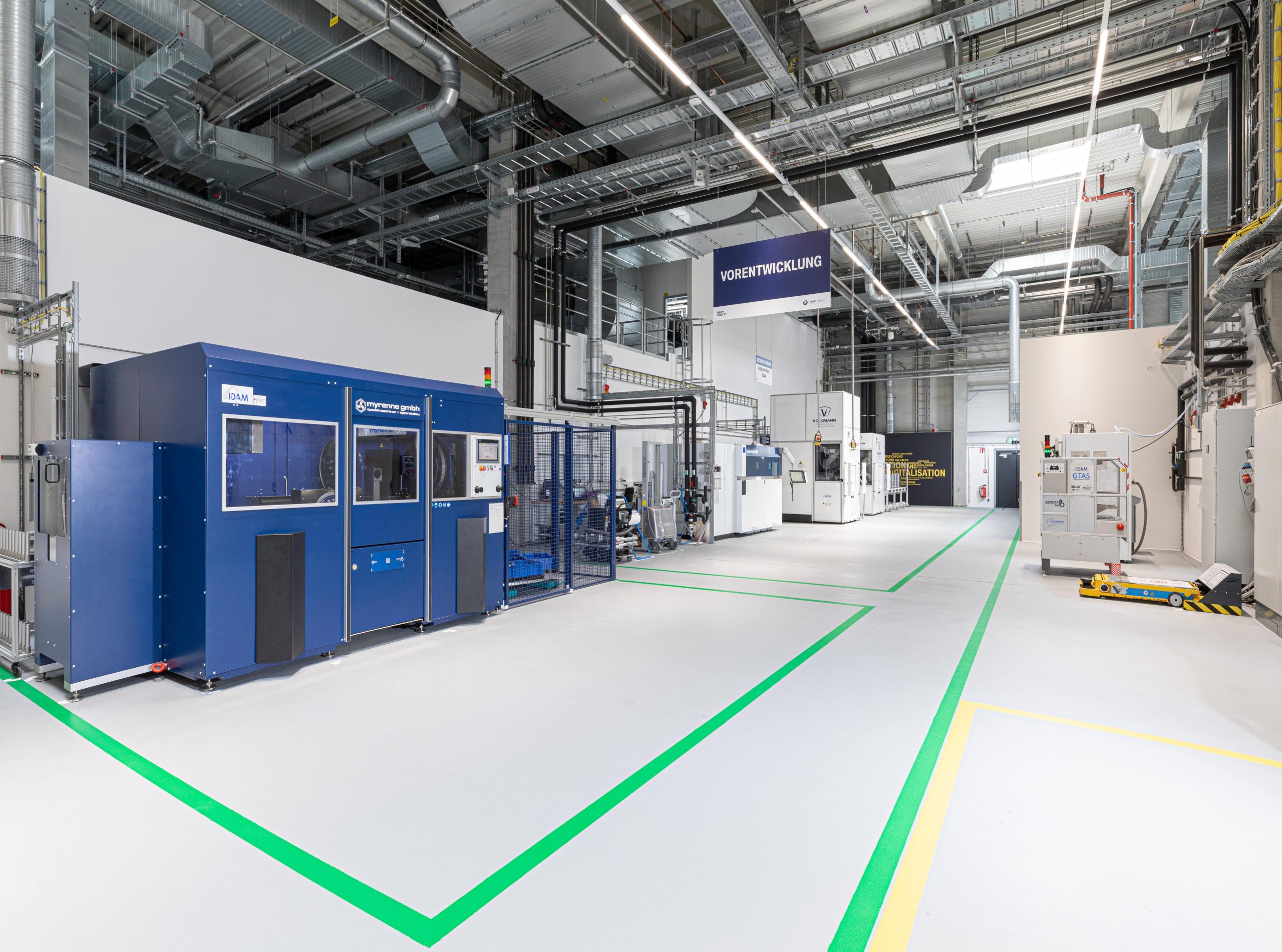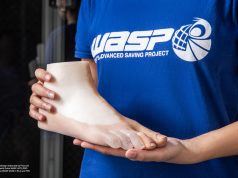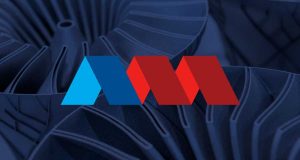A consortium of 12 project partners has set up two fully automated production lines for the additive series production of automotive parts as part of the IDAM (Industrialization and Digitization of Additive Manufacturing) project funded by the BMBF. Thanks to the new infrastructure, at least 50,000 components in the same-parts production and more than 10,000 individual and spare parts can now be produced cost-efficiently at two sites, using metallic 3D printing. Scientists of the RWTH Aachen University Chair Digital Additive Production DAP supported the project, particularly in the digital automation of process chains.
Industrializing and digitizing metallic Additive Manufacturing and utilizing it for the series production of automotive parts – this was the goal of the IDAM project, defined in 2019. After three years of intensive collaboration, the consortium of 12 project partners from SMEs, large companies and research institutions was able to announce the successful realization. What began as a concept is now a fully automated AM line, integrating metallic 3D printing into an automated series process in the automotive industry for the first time and offering an outlook on the further potential of Additive Manufacturing for automotive parts.
At the BMW Group sites in Munich and GKN Powder Metallurgy in Bonn, automotive parts can now be mass-produced using the AM technology “Laser Powder Bed Fusion” (LPBF). In this process, metal powder is melted layer by layer with a laser exactly at the points where the final component will emerge. The advantages: No specially crafted tools are needed and the implementation of new design possibilities is more flexible.
A fully automated production line – also thanks to Open Vector Format (OVF)
In just three years, a production line was developed which performs all necessary work steps on its own via computer-operated control. This means that components can be designed, produced and reworked autonomously. Even the recycling of unused metal powders is automated. Driverless transport systems move raw materials and the final products between individual modules of the production line. The machines are orchestrated by a central control unit, in which all production data of the individual line modules converge.
The Open Vector Format, co-developed by the DAP Chair, makes an important contribution to this successful digitization. This new data format is used to reliably generate and process manufacturing data for the LPBF process. In IDAM, it is utilized to combine the output of different programs or automated sub-steps along the process chain across manufacturers and to merge the corresponding data. It thus lays the foundation for the scalable, modular and automatically linked LPBF process chain developed in the project.
To make optimal use of the fully automated process line, the DAP Chair developed software modules for automatic orientation optimization of components. The orientation plays an important role in the efficiency, durability and quality of the final component. In addition, in-situ process monitoring and data evaluation were improved by developing AI-based algorithms. Here, too, the OVF was able to support by incorporating metadata.
Scalable training concepts with virtual and augmented reality
Besides automating the process chain, IDAM addressed the need for innovative training concepts for Additive Manufacturing. Based on workshops and interviews, prototypes for training in augmented and virtual reality were developed. As a result, professionals can now be brought up to date on the latest developments in Additive Manufacturing quickly, interactively and in a scalable environment. In addition to the printing process itself, upstream steps in the process chain, such as design – in particular the new possibilities offered by the design freedom of additive manufacturing – were covered.
Close networking and team spirit of project partners were the secrets to success
The successful realization of the project required the combined expertise of all project partners. This was the only way to realize digitization and automation in mechanical and plant engineering, component design and metallic 3D printing.
Felix Haeckel, consortium leader and project manager at the BMW Group, was delighted with the collaboration: “From the very first day of the project, a team spirit could be felt among the partners. Learning from each other, working together to develop innovative solutions, and bringing out the individual strengths of each partner in the best possible way.” – for IDAM, these were the secrets to success.
IDAM Consortium:
- Aconity GmbH, Herzogenrath
- Concept Reply GmbH, Munich
- Fraunhofer Institute for Laser Technology ILT, Aachen
- GKN Powder Metallurgy, Radevormwald
- Myrenne GmbH, Roetgen
- Intec GmbH – Ingenieurbüro für Automatisierungstechnik, Bad Neuenahr-Ahrweiler
- Kinexon Industries GmbH, Munich
- Chair for Digital Additive Production DAP, RWTH Aachen, Aachen
- Technical University of Munich, Chair of Metal Forming and Casting, Munich
- Schmitz Spezialmaschinenbau GmbH, Rheinbreitbach
- Volkmann GmbH, Soest
The research project (funding code 13N15084) was financially supported by the German Federal Ministry of Education and Research (BMBF) as part of the funding measure “Line integration of additive manufacturing processes”.
For more information about project IDAM click here.
For more information about Aachen University, visit www.dap-aachen.de.
Subscribe to our Newsletter
3DPResso is a weekly newsletter that links to the most exciting global stories from the 3D printing and additive manufacturing industry.























